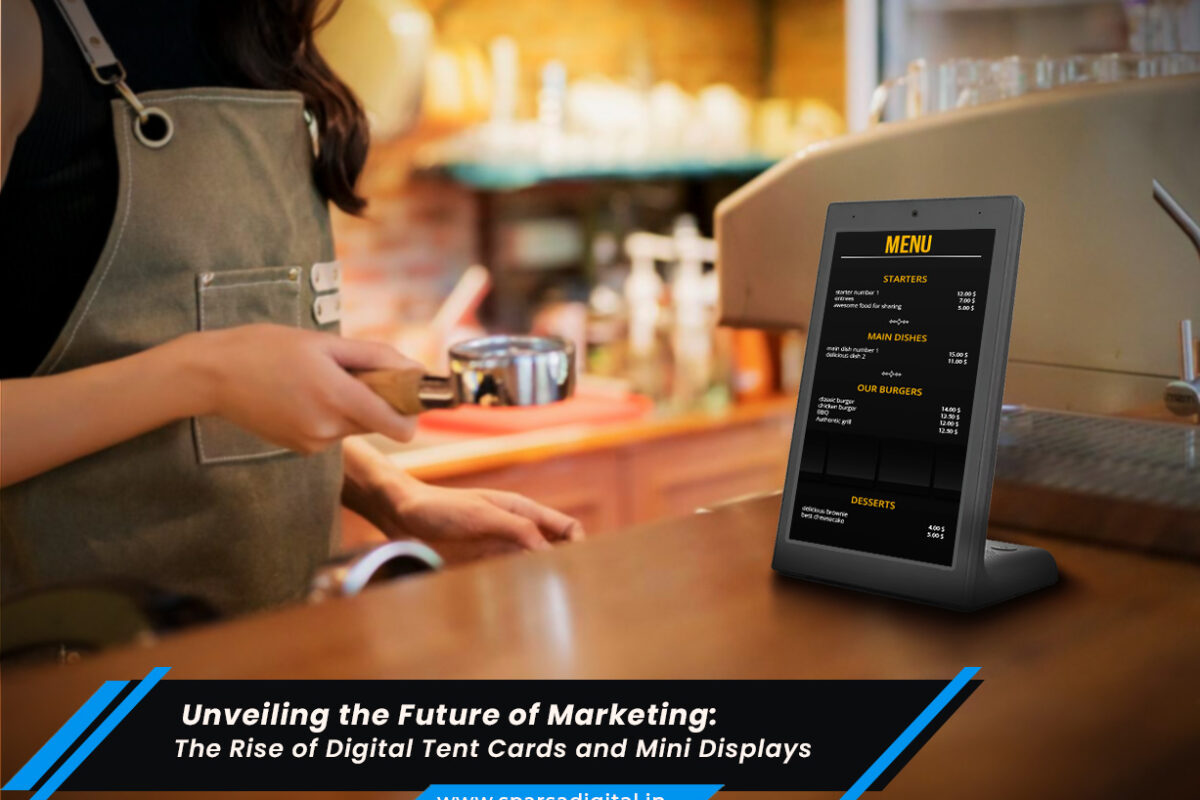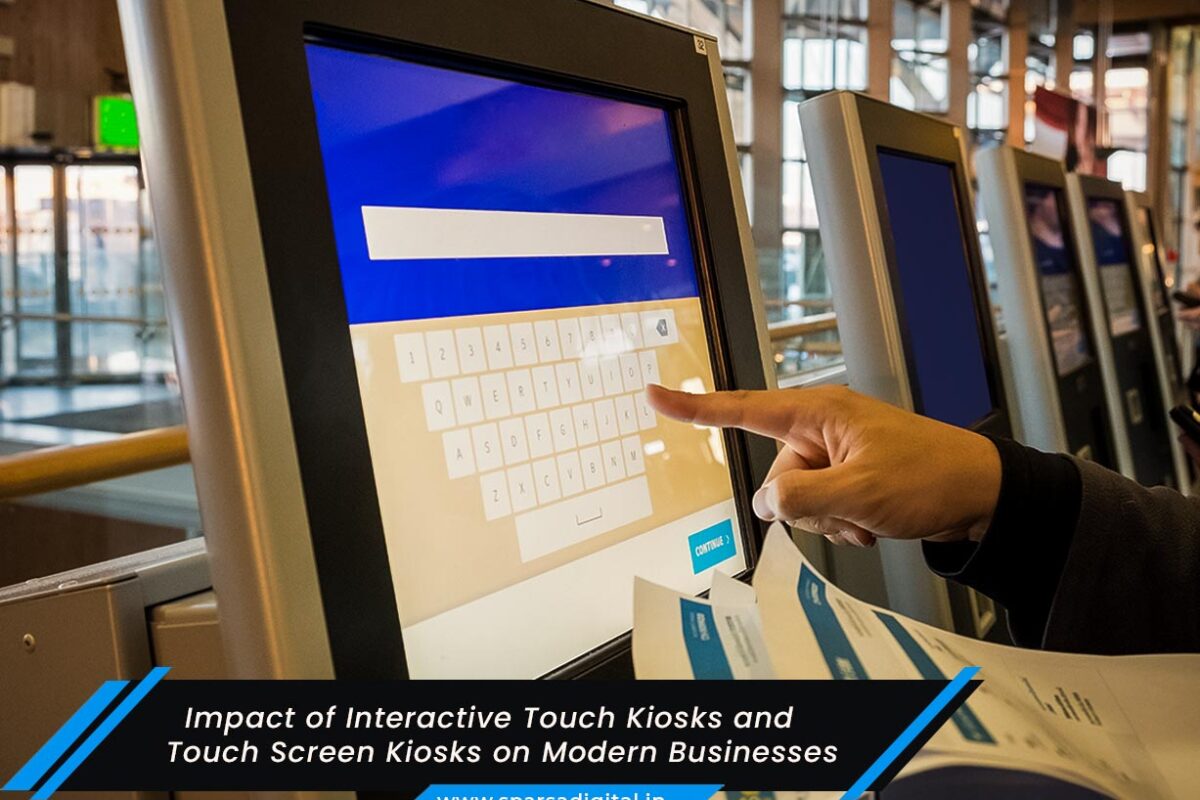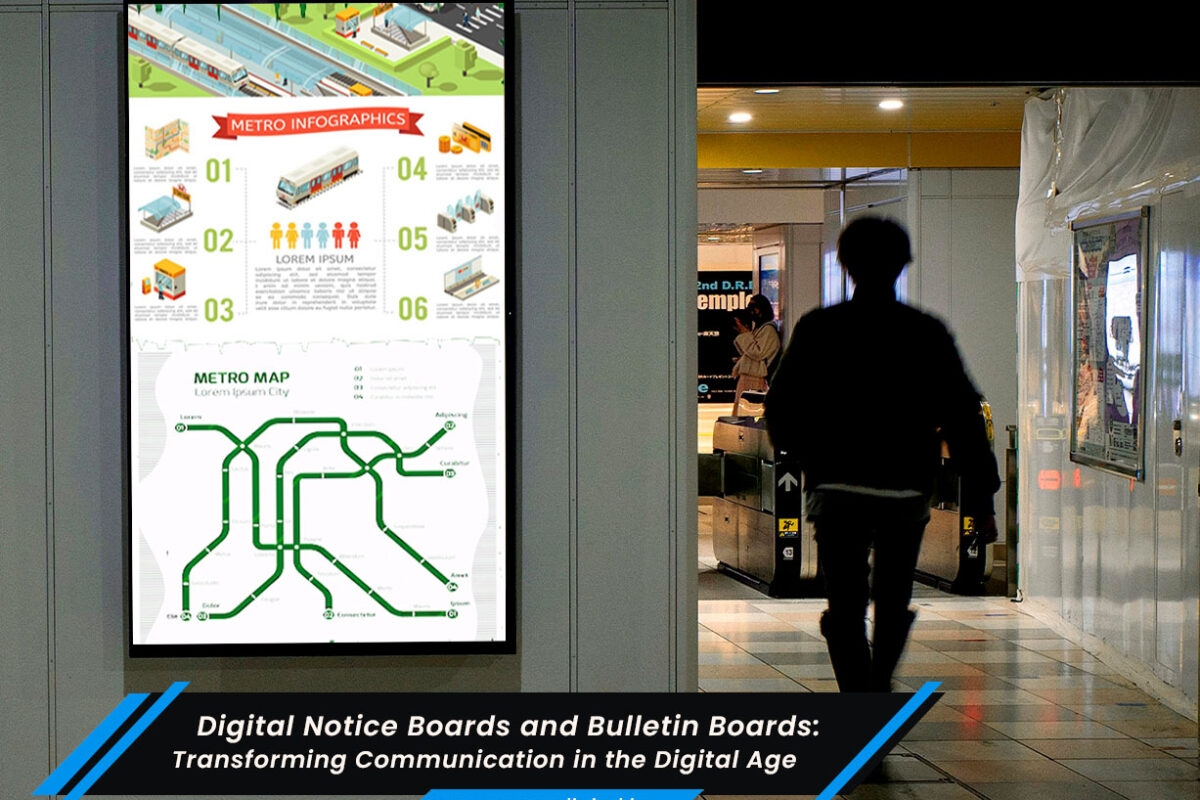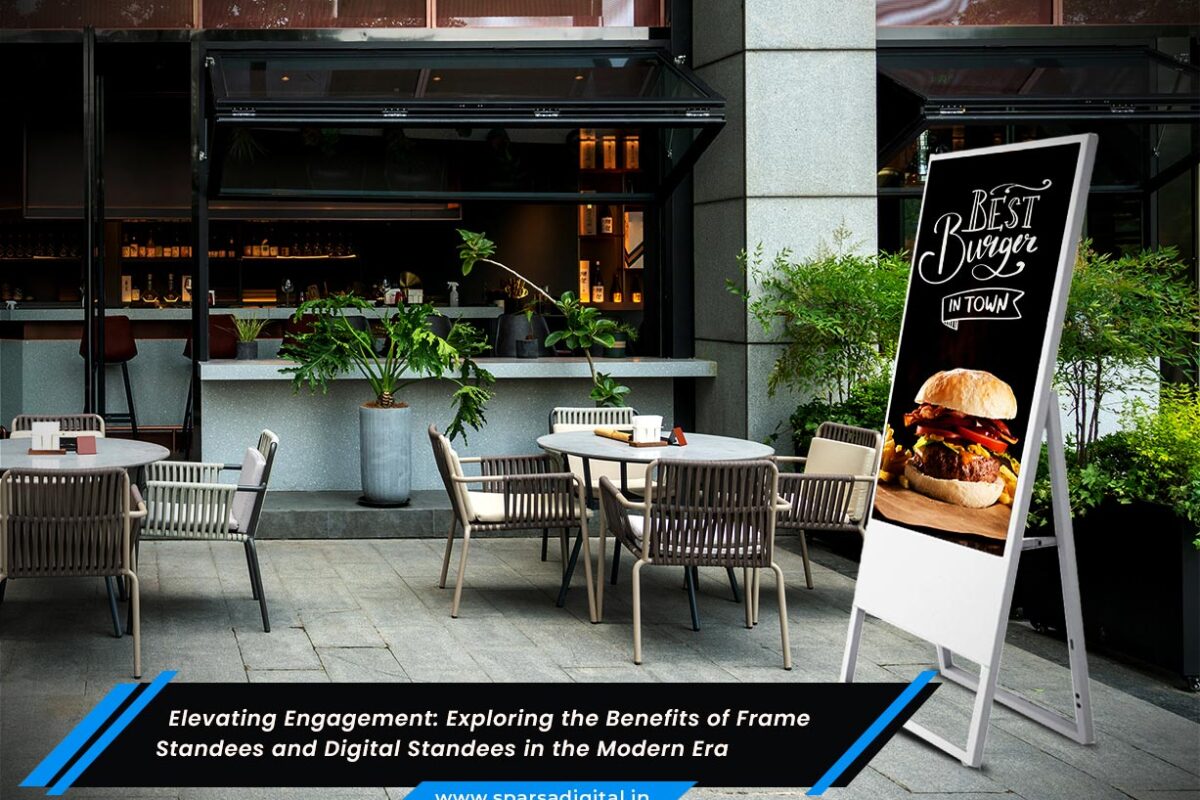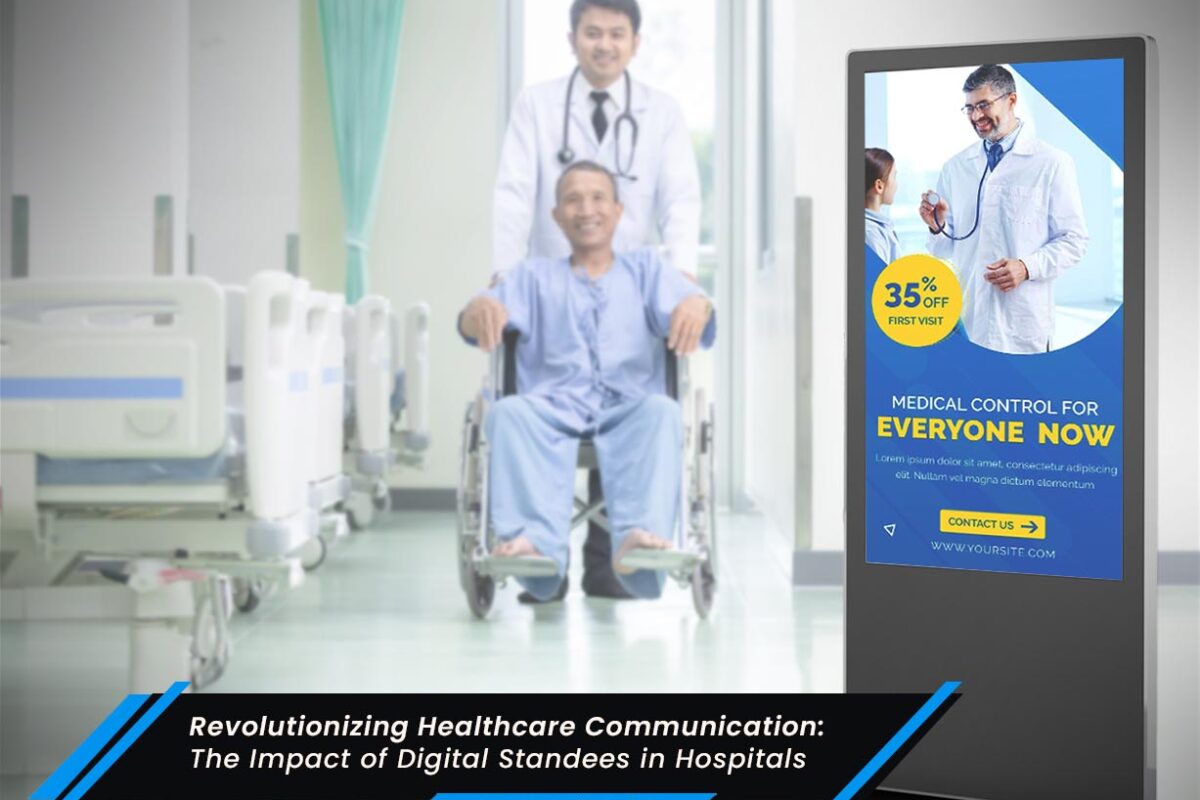In the fast-paced world of marketing, staying ahead of the curve is crucial for businesses seeking to capture the attention of their target audience. As traditional marketing methods continue to evolve, digital innovations are becoming increasingly prominent. One such innovation that is revolutionizing the marketing landscape is the integration of digital tent cards and mini displays. In this blog post, we will explore the concept, advantages, applications, and future prospects of these digital marketing tools.
Understanding Digital Tent Cards
A. Definition and Functionality:
Digital tent cards are a modern take on the traditional paper-based tent cards often used in restaurants, hotels, and events. The digital version incorporates electronic displays, enabling businesses to showcase dynamic content such as promotions, menus, and branding messages in a visually engaging manner. These cards typically consist of a compact screen, a processor, and customizable software.
B. Advantages Over Traditional Tent Cards:
1. Dynamic Content: Unlike static paper tent cards, digital tent cards allow businesses to display dynamic and interactive content, providing a more engaging experience for customers.
2. Real-time Updates: Digital tent cards can be updated in real-time, allowing businesses to adapt to changing promotions, menus, or events instantly.
3. Cost-effective: While the initial investment may be higher, digital tent cards can be cost-effective in the long run, as they eliminate the need for continuous printing and distribution of paper-based cards.
Mini Displays: A Compact Revolution in Marketing
A. Mini Displays Defined:
Mini displays refer to compact digital screens that can be strategically placed in various locations to capture the attention of a target audience. These displays are versatile and can used for a wide range of purposes, from product showcases to interactive presentations.
B. Key Features and Components:
1. Size and Portability: Mini displays are compact and portable, making them suitable for both indoor and outdoor settings.
2. Touchscreen Technology: Many mini displays feature touch screen capabilities, allowing users to interact with the content being displayed, creating an immersive experience.
3. Connectivity: Mini displays are often equipped with connectivity options such as Wi-Fi and Bluetooth, enabling seamless integration with other devices and systems.
Applications in Marketing
A. Hospitality Industry:
1. Digital Menus: Restaurants and cafes can enhance the dining experience by replacing traditional menus with interactive digital versions, featuring vivid images and detailed descriptions.
2. Event Promotion: Hotels and event venues can use digital tent cards to promote upcoming events, conferences, or special offers to guests.
B. Retail Sector:
1. Product Displays: Retailers can use mini displays to showcase product features, demonstrations, and customer reviews, influencing purchasing decisions.
2. In-store Promotions: Digital tent cards can strategically placed within a store to highlight ongoing promotions, discounts, or loyalty programs.
C. Corporate Environments:
1. Conferences and Trade Shows: Businesses can utilize digital tent cards to display schedules, speaker profiles, and sponsor information during conferences and trade shows.
2. Reception Areas: Mini displays can serve as interactive information hubs in corporate reception areas, providing visitors with relevant company information and announcements.
Future Prospects and Innovations
A. Integration with Augmented Reality (AR) and Virtual Reality (VR):
1. Immersive Experiences: The integration of AR and VR technologies with digital tent cards and mini displays has the potential to create immersive and interactive marketing experiences.
2. Enhanced Product Visualization: Retailers can leverage AR to allow customers to visualize products in their own space before making a purchase.
B. Artificial Intelligence (AI) Integration:
1. Personalized Content: AI algorithms can analyze customer preferences and behaviors to deliver personalized content on digital tent cards and mini displays.
2. Predictive Analytics: Businesses can use AI to predict trends and optimize content strategy for maximum impact.
Conclusion
In conclusion, the era of digital tent cards and mini displays marks a paradigm shift in marketing strategies. The dynamic and interactive nature of these tools opens up a world of possibilities for businesses to engage with their audience in innovative ways. As technology continues to advance, the integration of features like AR, VR, and AI holds the promise of even more exciting developments in the realm of digital marketing. Embracing these technologies today can position businesses at the forefront of the marketing landscape, ensuring they captivate and retain the attention of their target audience in the digital age.
Still wondering where to start? We are here to help. Connect with our experts at Sparsa Digital today to dive into the sea of endless possibilities. Digital tent cards and mini displays are just a tip of the iceberg, there is so much more digital signage has to offer. With varied applications in industries such as healthcare, entertainment, retail and more; the latest technology is here to make your life easier. We, at Sparsa Digital, make sure that your business makes the most out of the invested sum ensuring productivity all the way up. Book your appointment today, and get started now!

